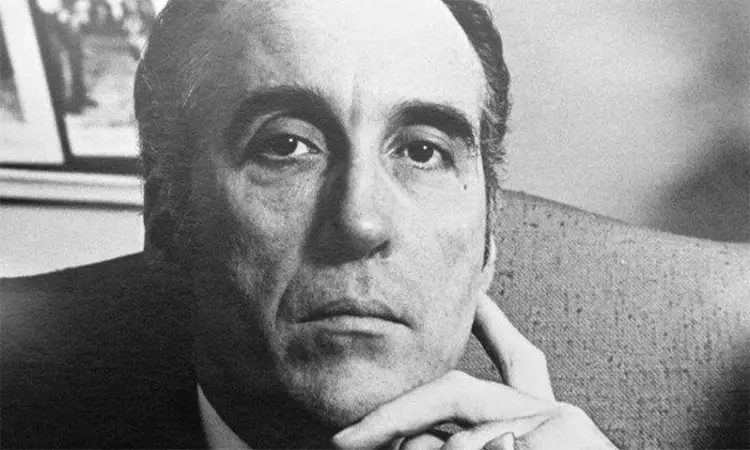In the realm of documentary filmmaking, the intersection of fiction and reality often produces fascinating results. One such endeavor is Jon Spira’s innovative documentary that uses the iconic voice of Christopher Lee, who passed away in 2015 at the age of 93. Rather than relying solely on traditional storytelling techniques, Spira creatively utilizes a posthumous narrative delivered through the talents of Peter Serafinowicz. This approach opens a portal to Lee’s life, allowing audiences to delve deep into the complexities of his character while maintaining a potent sense of authenticity. The grave nature of discussing mortality here is countered by Lee’s unyielding humor, thus blurring the lines between the essence of a man and the artifice of cinematic construction.
Spira takes advantage of the artistic possibilities within documentary filmmaking, breathing life into Lee’s story not solely through voice but also through a mesmerizing array of archival footage and animations. The inclusion of marionettes alongside visible puppeteers reinforces the theme of orchestrated storytelling, urging viewers to contemplate the nature of biography itself. By showcasing the invisible strings that connect narratives to performance, Spira invites us to appreciate the intricate layers that compose Lee’s public persona as an actor and as a person. This self-aware framing transforms what could have been a conventional documentary into an engaging narrative that simultaneously celebrates and critiques the medium itself.
While Christopher Lee became a household name synonymous with the horror genre, famously portraying Dracula and various monstrous figures, the documentary charmingly reveals the dissonance felt by Lee himself regarding this label. His pride as an actor was evident, having poured his talents into even the lowliest productions, yet his personal preferences lay elsewhere. The moment when a reporter refers to him as “the king of horror” is pivotal. It not only captures Lee’s discomfort with his association to a genre he had long since left behind but also highlights the struggle many performers face—a rift between public perception and personal identity. The irony within the documentary resonates as Lee, a stalwart of the horror industry, simultaneously distanced himself from it, revealing the deeper psychological nuances accompanying a lifetime spent in the performing arts.
The recollections of Lee’s formative years are more than just a chronological account; they showcase the evolution of one man who wore many hats. From a reluctant boarding school pupil to a soldier and spy, the documentary unearths the influences that tantalizingly interwove with his cinematic destiny. Lee’s connection to Ian Fleming, which led to the creation of James Bond, speaks to the fascinating intersections of life and art. The nuance of these early experiences and their impact on his later portrayals, including memorable characters like Francisco Scaramanga, gives viewers a richer context, allowing appreciation of the multi-dimensional nature of Lee’s career.
As the documentary transitions into Lee’s later years, it unveils a tapestry of collaborations with iconic figures such as Tim Burton and Johnny Depp. These partnerships illuminated new facets of Lee’s craft, positioning him in contemporary cinema. Moreover, his transitions from horror to monumental roles in franchises like “Star Wars” and “The Lord of the Rings” demonstrate a remarkable adaptability that few actors can boast. The inclusion of contributions from industry peers—including insightful commentary from notable film directors and colleagues—adds an enriching layer to the narrative, framing Lee as not simply a relic of a bygone era, but as an evolving artist who embraced change notwithstanding the shadows of his past.
At its core, Jon Spira’s documentary is an intimate reflection on the complexities of identity and legacy. It invites audiences to explore the often uncomfortable relationship artists maintain with their public personas, especially when that identity becomes intertwined with genre labels that feel reductive. Christopher Lee’s life story is not merely one of horror and fantasy; rather, it is a rich tale of passion, struggle, and a quest for authenticity. Through a remarkable conjuring of narrative and illusion, Lee is resurrected to engage viewers in a bittersweet meditation on a man who was far more than the titles bestowed upon him. In embracing his multifaceted existence, we find a deeper resonance with the very essence of his indelible mark on cinema and culture—a masterful expression of life and art converging into one poignant legacy.

